Map Drawing Guide
Updated: 25 Apr 2025

In this guide, I demonstrate how I draw maps (including with colors), and my technique for transforming a paper sheet to look like an antique scroll or an old treasure map.
I prefer using quality drawing paper. Here are my recommended paper brands for drawing.
How to Create an Antique-Looking Paper
Step 1: Burning the Paper's Edges
This step is optional.
Using fire is dangerous and produces smoke. You should do it outdoors and under adult supervision.
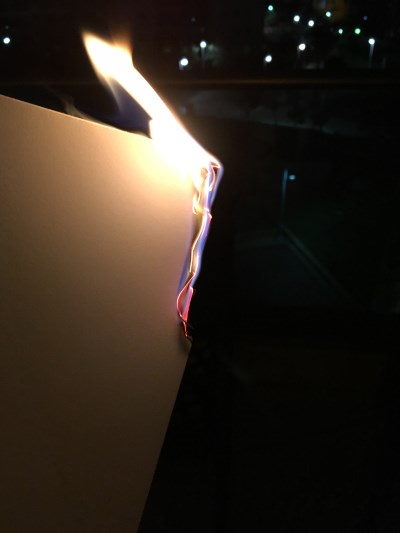 Burning the edges of the paper
Burning the edges of the paper
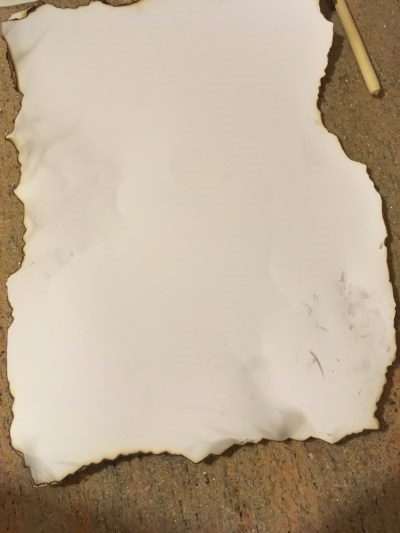 Paper with burned edges
Paper with burned edges
Step 2: Coloring the Paper Sheet
For an old and faded look, immerse the paper for several minutes in water with concentrated tea or coffee.
After receiving the desired shade, remove the paper from the dark liquid and let it dry on paper towels.
To speed up the drying process, it is possible to dry the paper outside or to use a hair dryer.
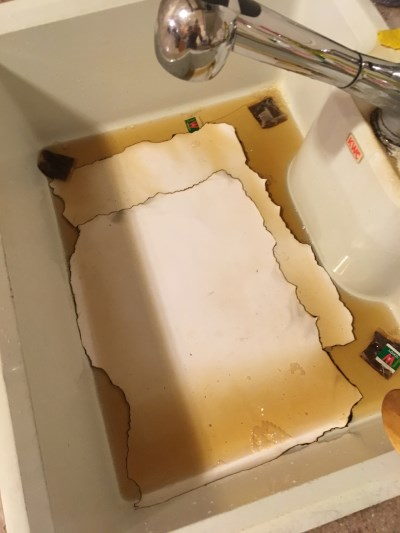 Dipping paper in tea
Dipping paper in tea
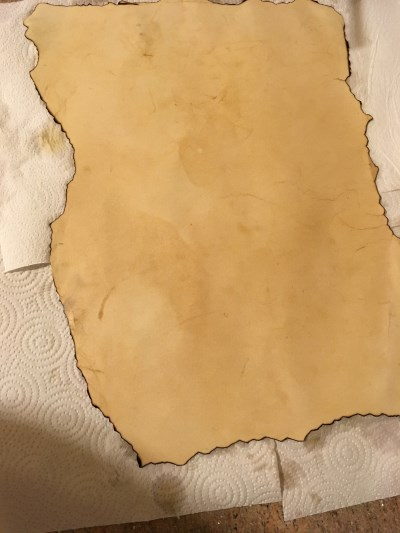 Drying on paper towels
Drying on paper towels
Note:
It takes time to prepare an old-looking paper and wait for it to dry. Therefore, it is advisable to prepare several paper sheets in advance.
Tip:
Crumpling the paper sheet before putting it in water creates wrinkles and an antique, ragged look to it.
Tips for the Drawing Process
Start by drawing with a pencil. With a pencil, it is easy to erase and fix mistakes.
When you reach the desired outcome, go over it with a pen and gently erase the pencil marks.
You can use a ruler for straight lines.
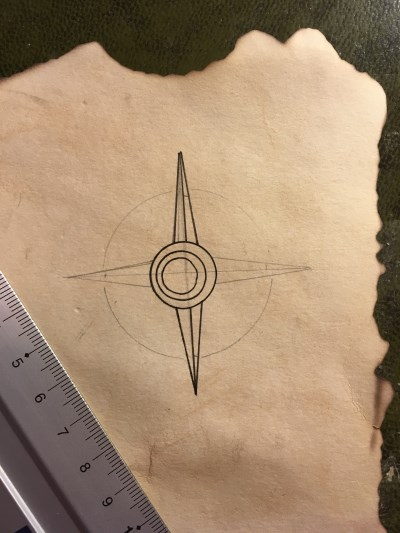 Step 1: Pencil drawing
Step 1: Pencil drawing
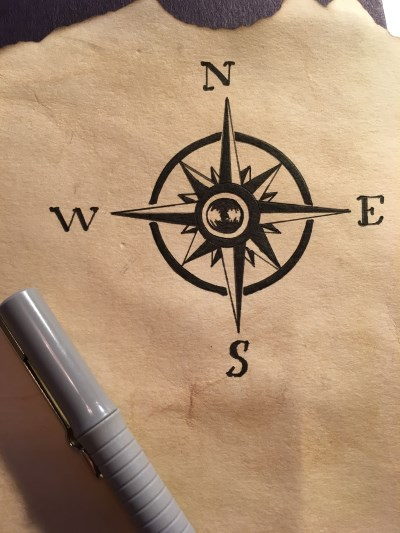 Step 2: Technical pen drawing
Step 2: Technical pen drawing
Supply for drawing:
For pencil drawing, visit my pencil drawing supply review.
You can use a regular pen, though drawing pens for artists (fine liners) are much better. These are my recommended technical pens.
Objects to Add for a Treasure Map
Use reference photos or search the web for concept art to add to the pirate map.
Objects you add to a treasure map:
Legend: Understanding signs such as trails, trees, mountains, treasure, buildings, etc.
Map readability: Compass rose, scale bar, longitude, latitude and even altitude lines.
Marine symbols: Ship, anchor, steering wheel and marine navigation devices.
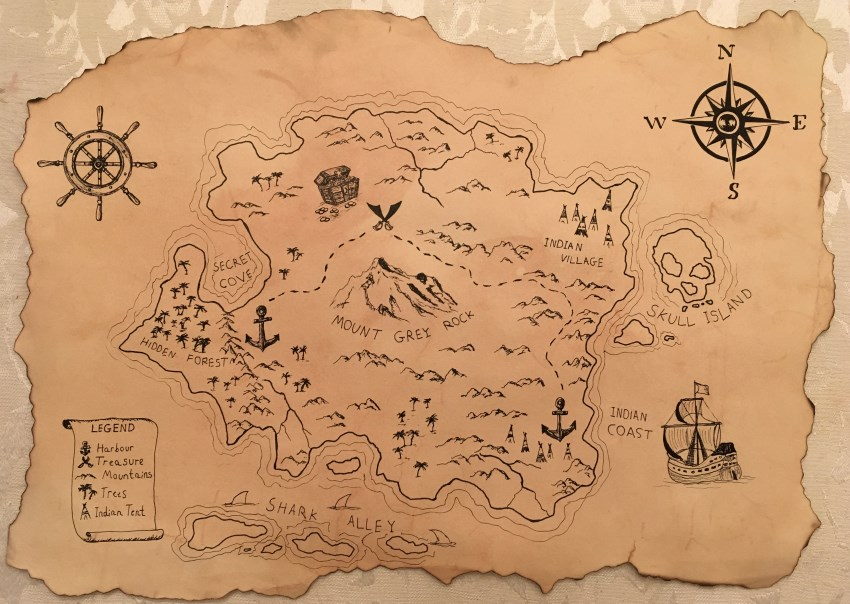 Antique-looking treasure map
Antique-looking treasure map
How to Draw a World Map
Once you create an antique-looking paper, the possibilities are endless.
Another option is to draw a world map.
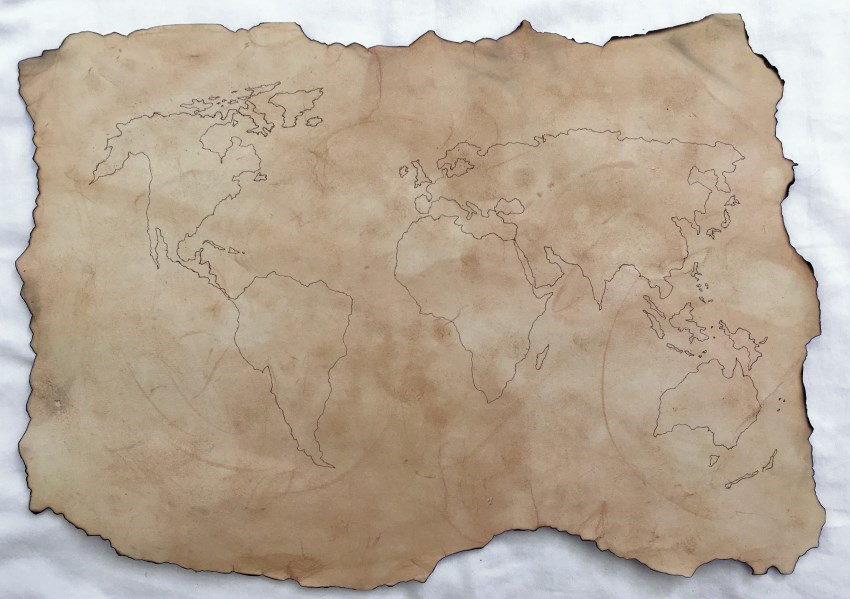
The steps for drawing a world map are the same.
Start by drawing with a pencil. Do it lightly so it is easy to erase.
Draw over the pencil marks with a technical pen.
Lastly, paint with markers.
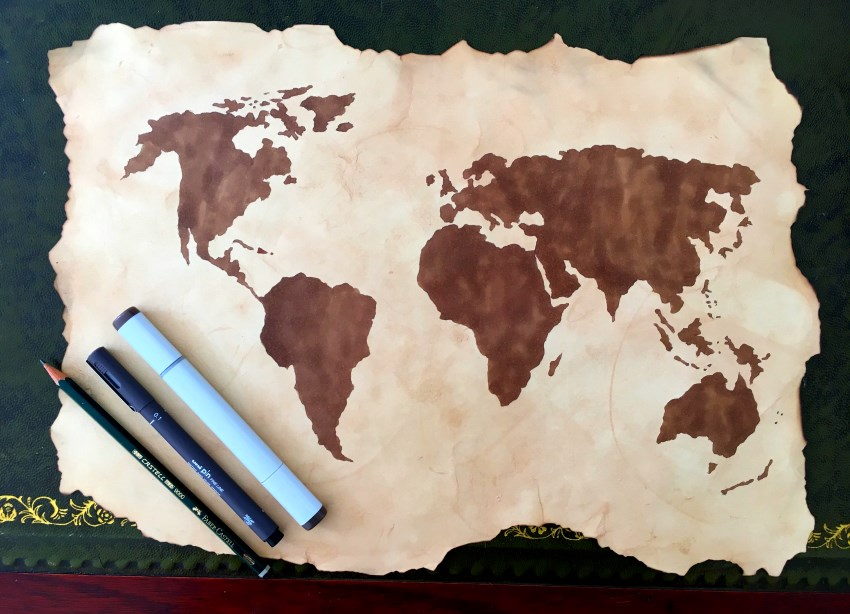
Here is my review for artist-grade markers.
As mentioned above, the options are vast. You can draw a city, maze, fantasy land or anything that comes to mind.
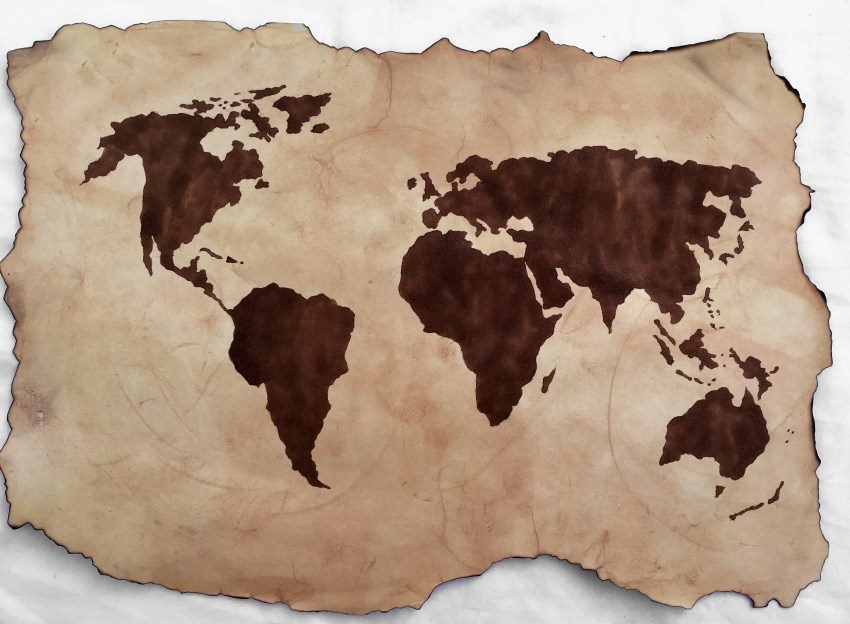 World Map
World Map
How to Draw Maps with Colors
When drawing something from imagination, it is always good to look for some concept art and reference images.
For painting islands, I examined some photos of real islands. I noticed that in some cases, the edges of an island are darker (because the sand near the water is wet).
Here are some tests with different colors (markers) to see what I like most:
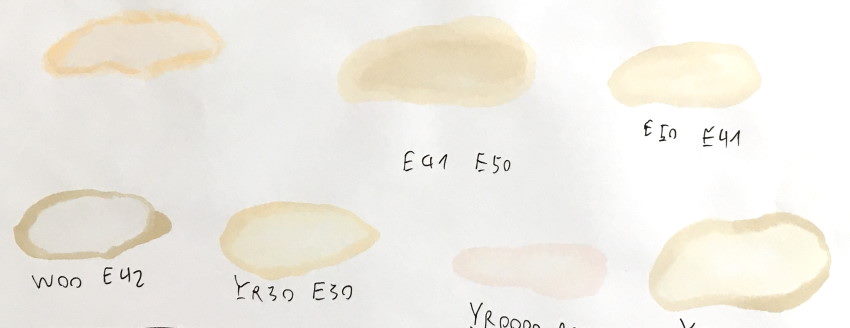
When choosing colors, I pay attention to 4 attributes: hue, brightness value, saturation and temperature.
Color temperature is how cool or warm each color is.
In my guide on how to draw accurately from observation, I explain about color attributes.
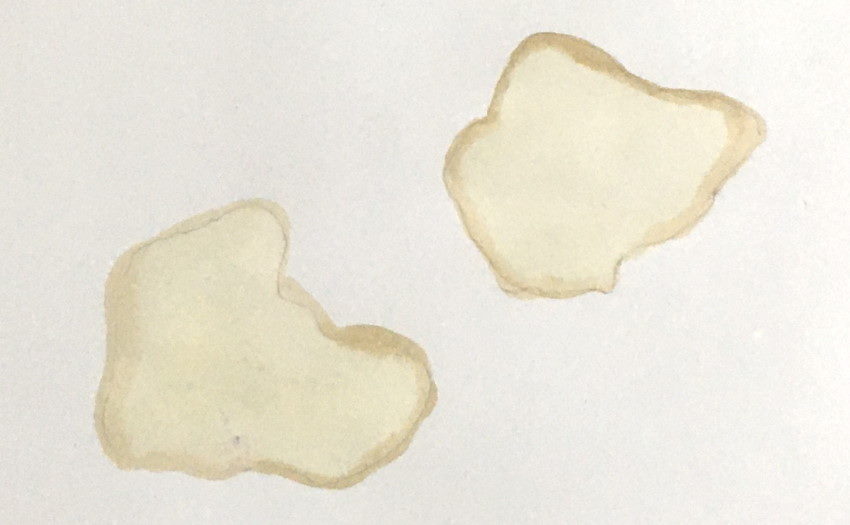
For the ocean, pay attention to transitions in brightness values.
Where the water is shallow, the color is lighter.
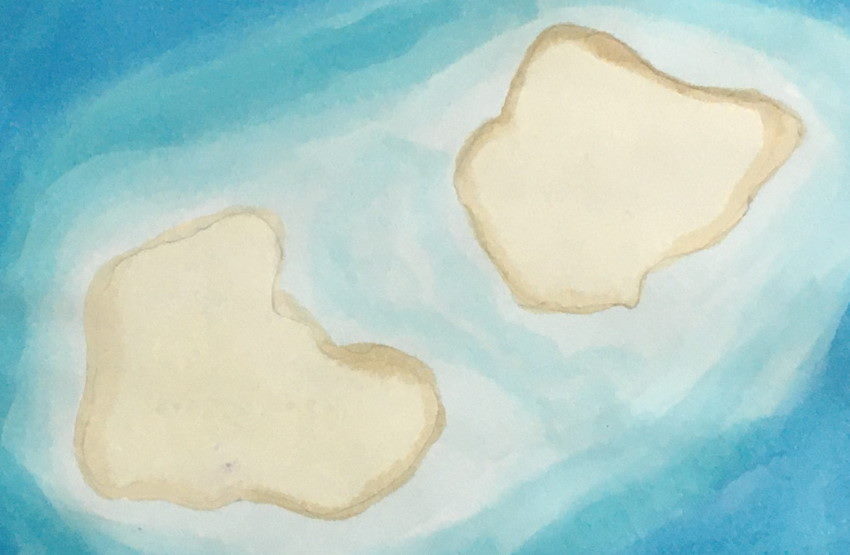
Make it a habit to first test the colors you want to use.
Here I have done some tests in color transitions and in drawing trees:
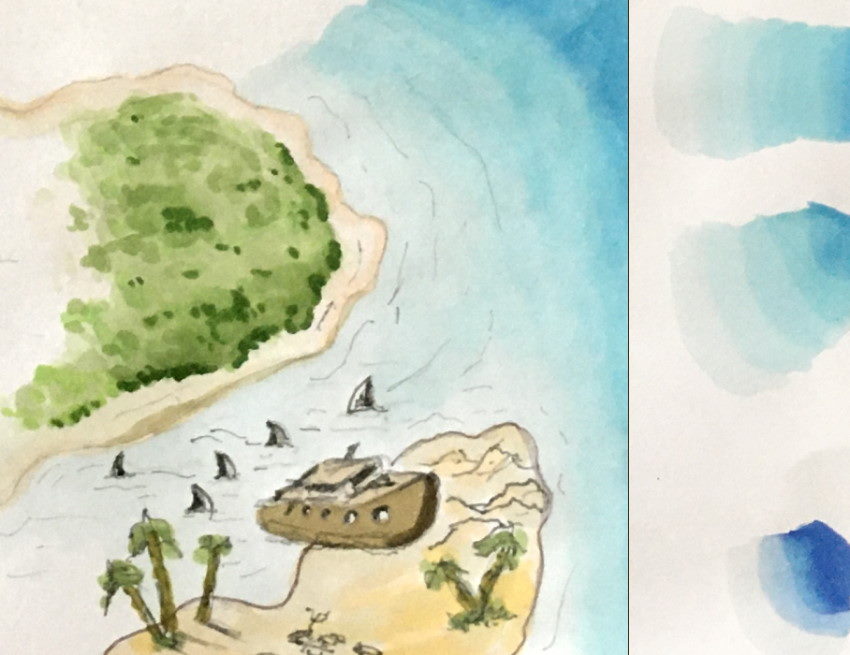
Maps are not limited to a view directly from above.
Sometimes, a view with an angle adds depth and is more interesting.
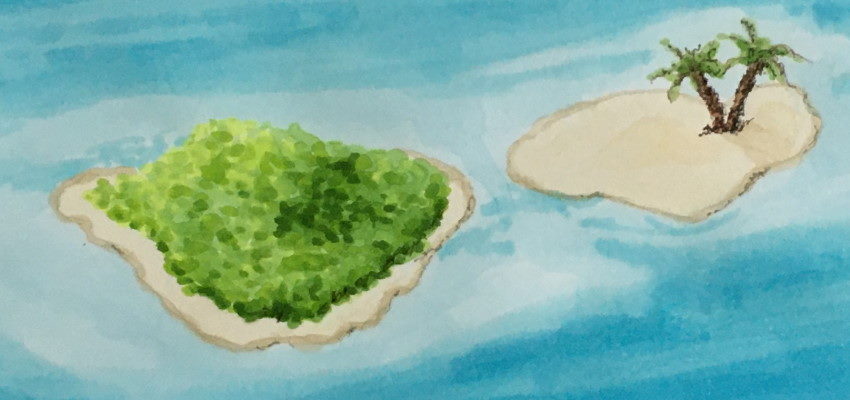
To learn more about depth, visit my guide for drawing depth. It has 15 methods with examples for you to explore.
Tip:
For a smooth transition in brightness values (when using two markers or more), try both from light to dark and from dark to light.
Different marker brands produce different results.
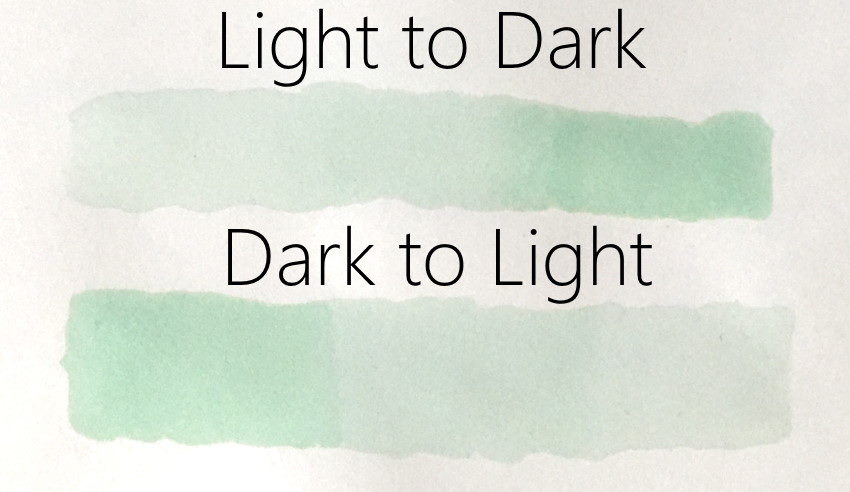
The amount of details to add is either a personal preference or a project requirement.
In the next example, I was asked to draw a cover for a music album. It is full of details (as requested).
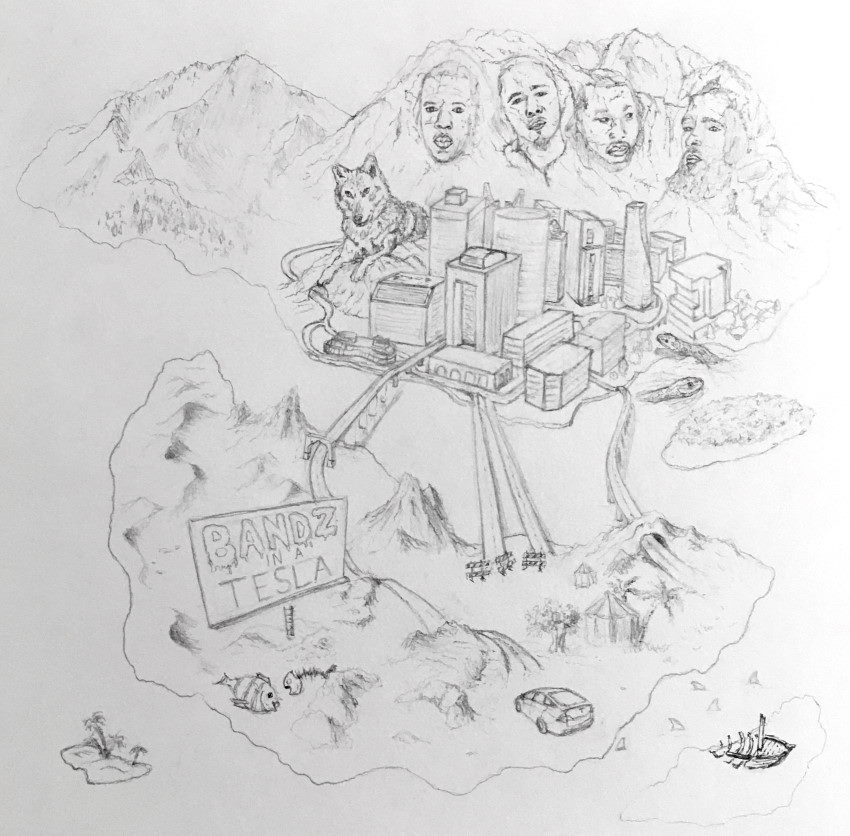
Drawing with fewer details is ok too. You can always add more details if you want to.
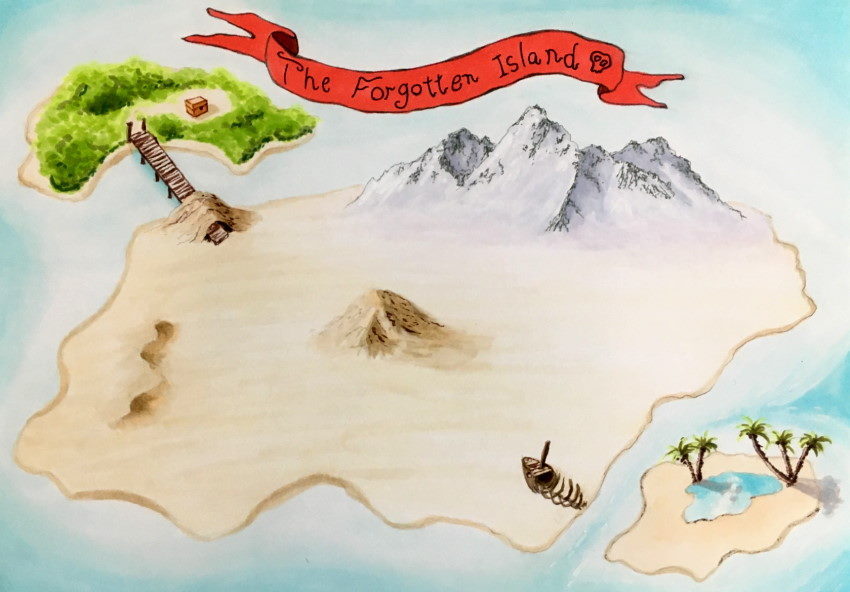
World Map with Monuments
For creative drawing, use the power of linear perspective.
With linear perspective, you can add any monument, landmark or complex structure.
If you are new to linear perspective, visit my guide on perspective drawing.
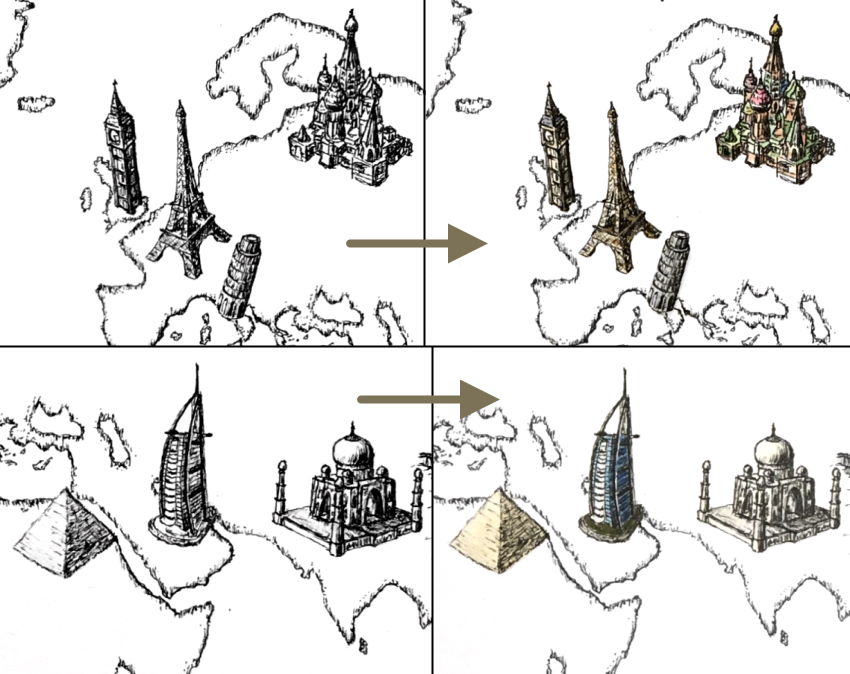
After drawing and coloring the buildings, decide where you want the light source for your map.
Paint the shadow areas darker (the side of each building that is opposite to the light source).
In addition, paint the cast shadows with soft edges.
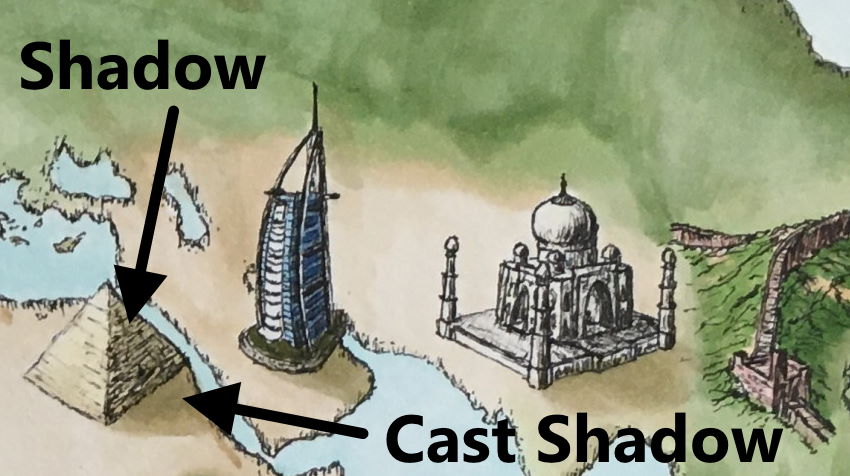
With perspective, you can draw anything from any angle.
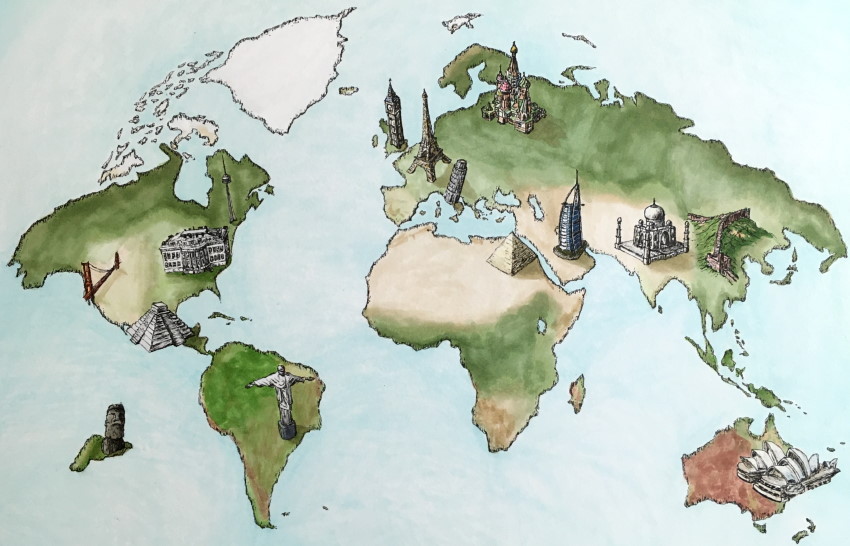
Commission Map Drawing
Commission drawing requires planning and some test sketches.
Do some color testing before committing to the final render.
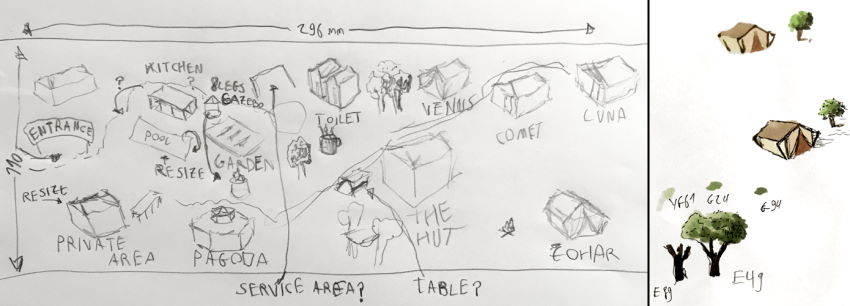
If the request is for a specific size, use masking tape.
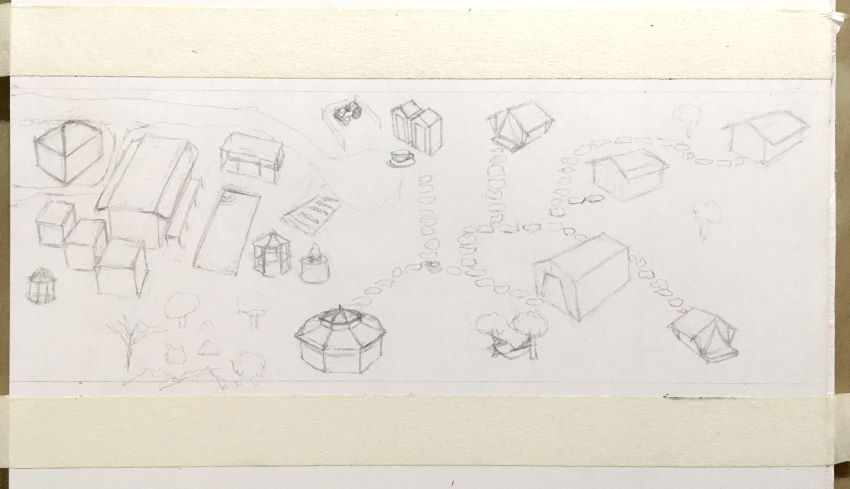
Decide on a light source for the scene, which should be consistent for every part of the drawing.
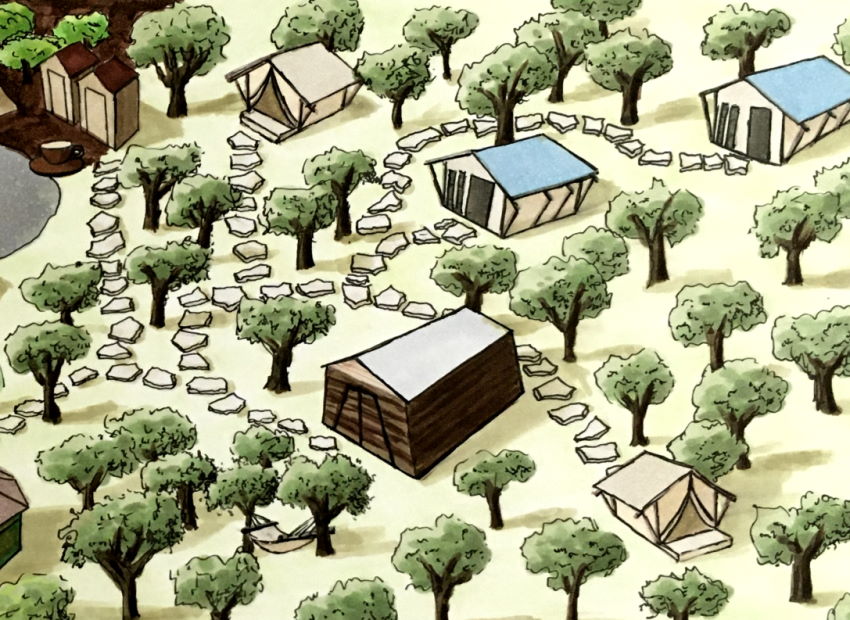
Send some sketches to the client to get feedback before drawing the final map.
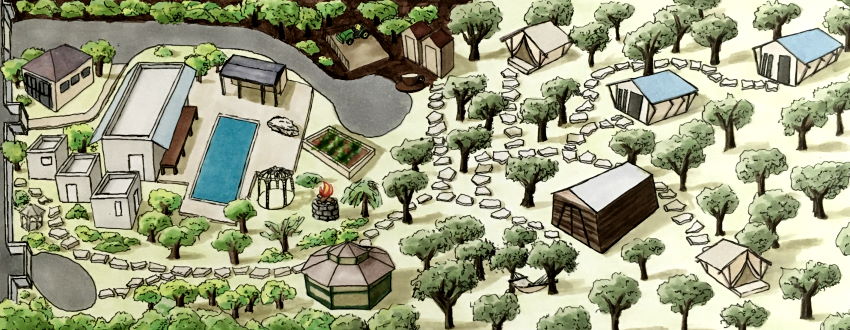
Important:
Good communication with the client saves valuable time.
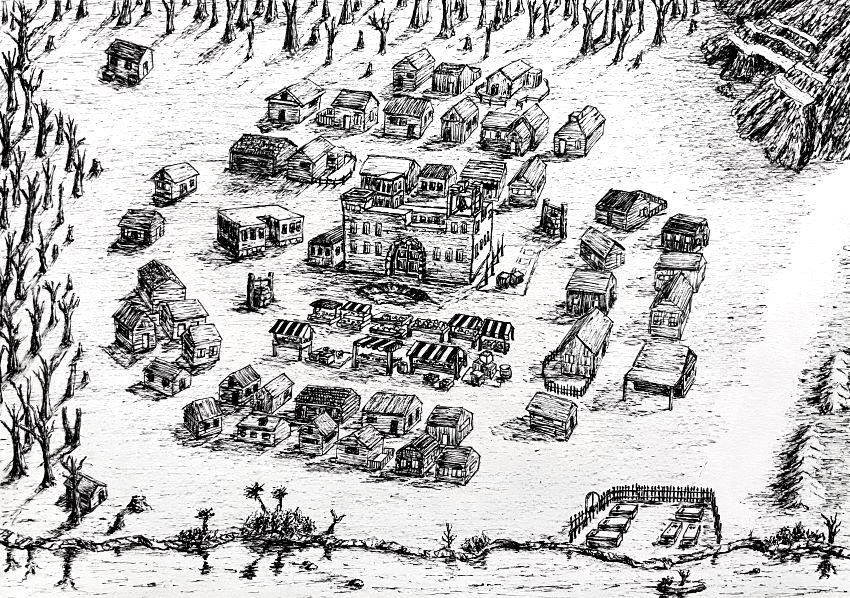
Fantasy Map Drawing (Advanced)
Drawing fantasy maps means drawing from imagination.
It requires many techniques.
Overlapping:
A powerful way to create the illusion of depth is by overlapping.
Meaning an object that covers part of another object.
If you want to draw trees (or anything else), use overlapping as often as you can.
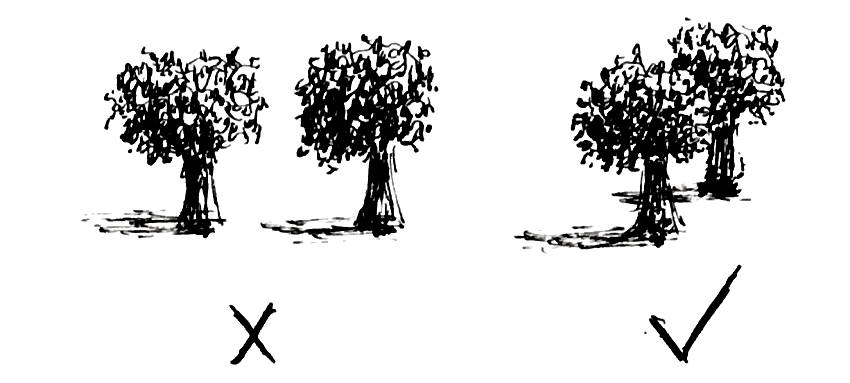
Try to scatter them in different numbers and locations so as not to create a pattern.
If you are not sure how to draw a composition, visit my composition drawing guide.
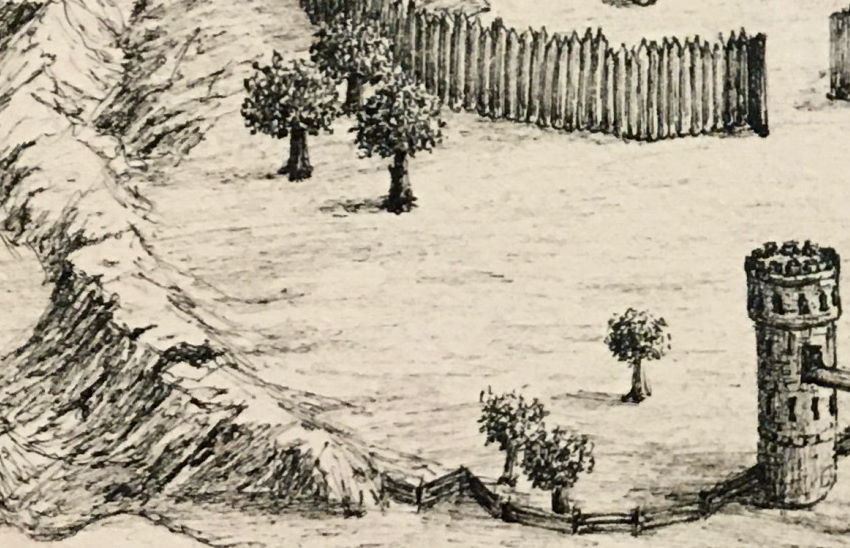
Foreshortening:
Foreshortening is a key factor in drawing.
The lower an area is from the horizon, the less it is foreshortened. You might want to check out my round object drawing guide for more info on foreshortening.
In the next example, the bottom of the hut is less foreshortened.
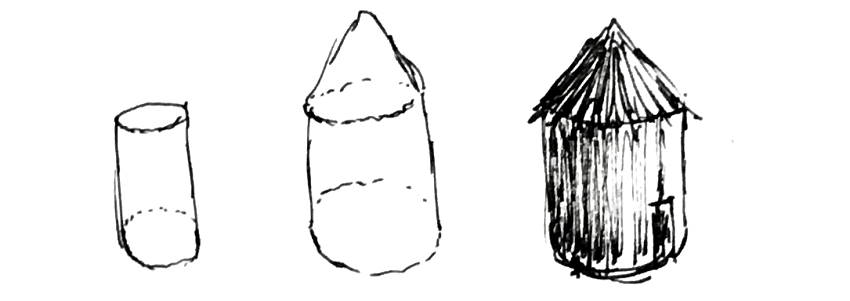
Perspective:
Linear perspective is the most important drawing fundamental when drawing from imagination.
To draw more realistically, use perspective.
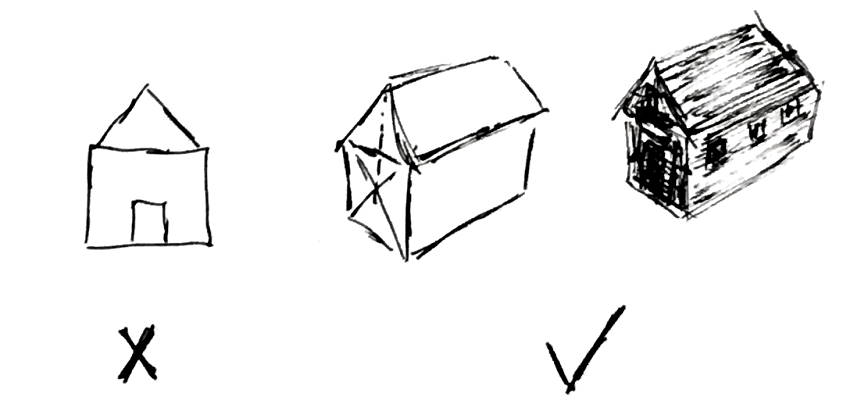
Marks:
The character and direction of the marks determine the lay of the land.
Try to draw abstract (not straight) and less defined lines (holding the pen at an angle).
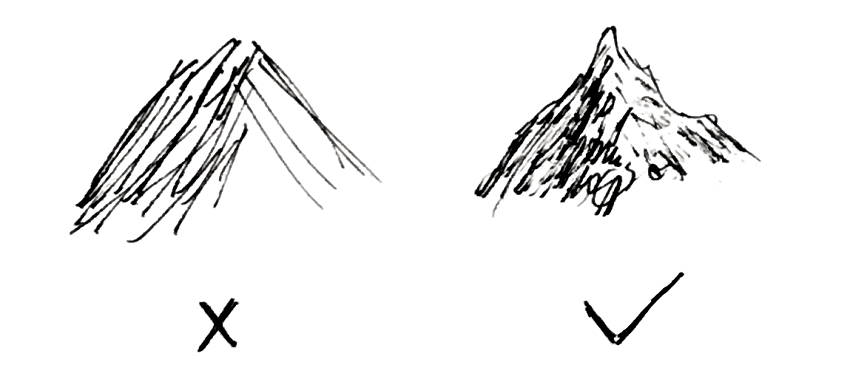
Determine a light source for your map, and draw the shadow part darker (meaning, with more marks).
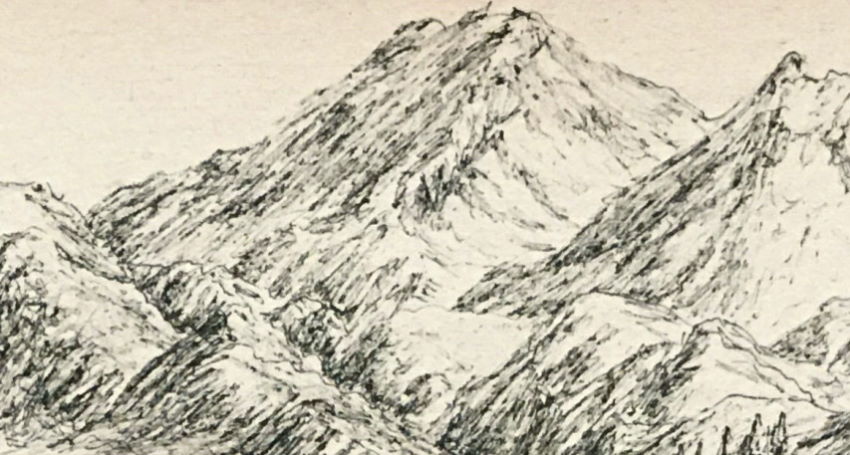
Sketching:
I find it super helpful to draw some sketches and test different compositions.
For that, I use simple printer paper.
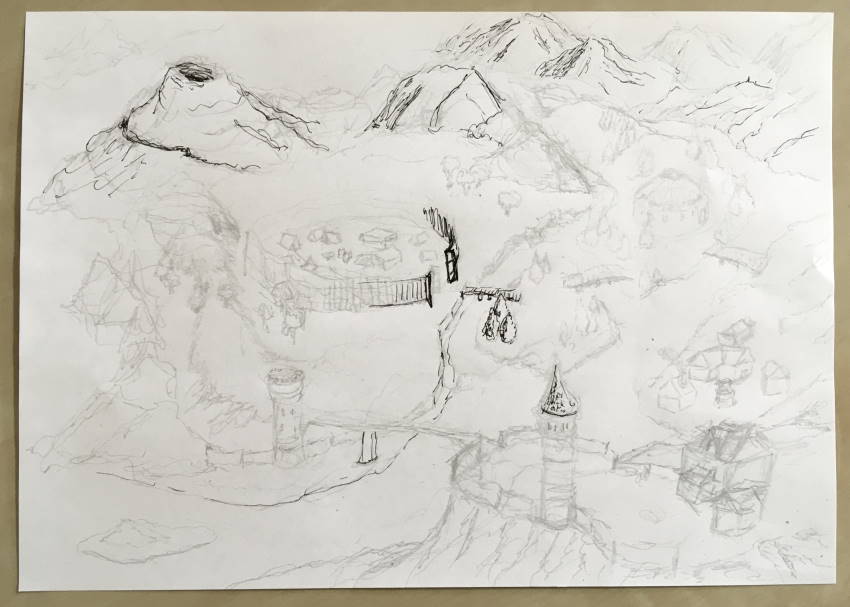
Once I am happy with the design, I draw it on quality drawing paper.
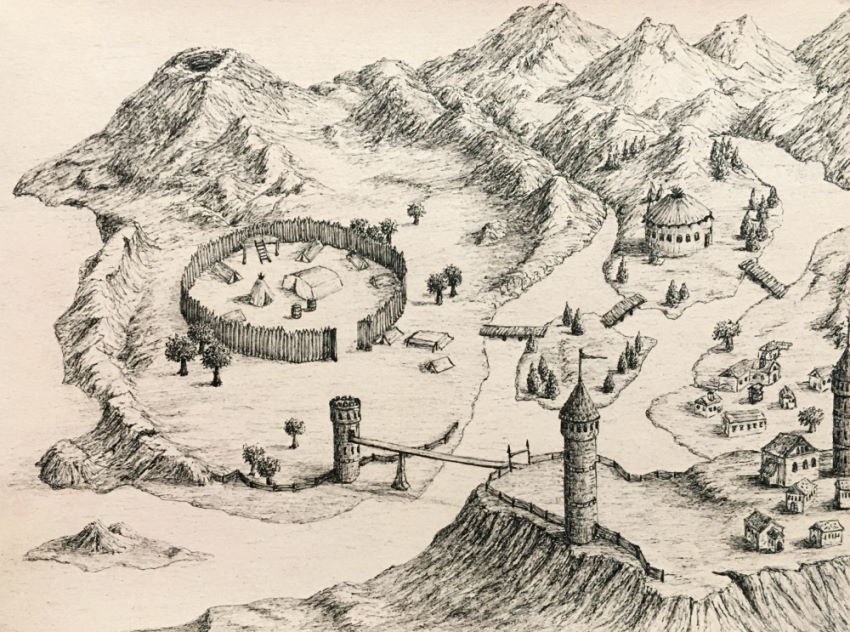
Planet Map Drawing
For drawing a map in space, from imagination, I looked at some images of planets and the moon for some ideas.
Paper:
Colored paper is a nice option.
In this case, I used Arches Cream paper. It is very gentle and not suitable for erasing, but I like it for pen drawing.

Light source:
When drawing a map, I decide on the direction of light and try to be consistent with it.
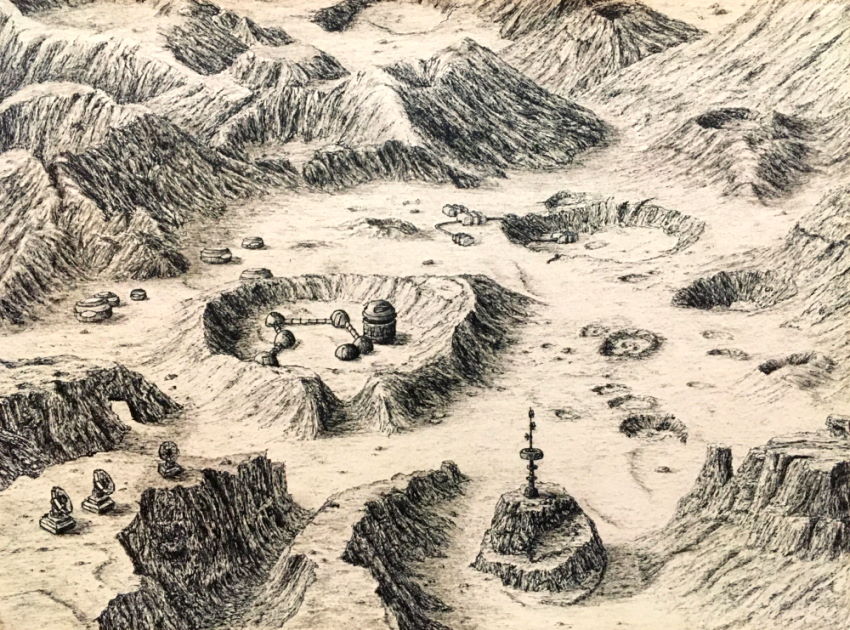
Mayan Fantasy Map
In the next example, I drew a rocky land with Mayan structures.
For the land, I looked at many images of rocky deserts and mountains.
For the buildings, I looked at Mayan buildings. Once I understand their anatomy, I can draw them from any angle, using my knowledge in linear perspective.

Summary
When drawing maps, let your imagination take over.
Planning, drawing some sketches first, and testing colors are the keys to success.
Once you tested and sketched your map, you can go for the final drawing with confidence.
Where to go next?
For drawing your own concept art or product design, learn how to draw from imagination.
If you like drawing nature, visit my guides on how to draw flowers with a pen and how to draw any tree with a pen (realistically).
If you want to learn to draw and paint online, here are my favorite YouTube painting channels.